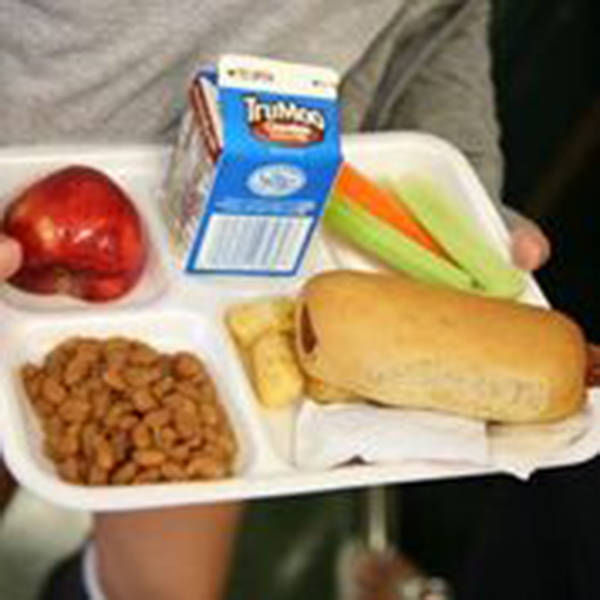LIHUE — More than half of Kauai’s students who eat school lunch receive free or reduced-priced meals.
Kauai’s mark of 52.7 percent is near the state average, 46.5 percent, according to the state Department of Education. In some cases, this is the only hot meal a child eats each day.
“I don’t want it to sound like a cliche, but for some students, these truly are the only hot meals that they get,” said Dexter Kishia, supervisor for HIDOE’s School Food Services Branch. “If they didn’t get a free meal this way, then they wouldn’t be able to afford a meal. It’s definitely necessary and it’s a good entitlement for families to have.”
On Kauai and Niihau, nearly 50 percent of students eat school lunch. Reduced rate lunch is 40 cents, compared to the normal $2.50 for younger students and $2.75 for high schoolers.
“Not all families take advantage of it, but usually the participation rate is pretty high. It can be up to 80 or 90 percent participation for kids until high school, where it drops to 20 to 50 percent with the meal program,” Kishia said.
But free and reduced meals aren’t just for families and children living in poverty.
Subsidized lunches are available to children from families that earn up to $51,708, for a family of four, according to the U.S. Department of Agriculture.
Children from families with incomes at or below 130 percent of the poverty level are eligible for free meals. Meanwhile, families with incomes between 130 percent and 185 percent of the poverty level are eligible for reduced-price meals, for which students can be charged no more than 40 cents.
One thing that the USDA has allowed HIDOE to implement is the Community Eligibility Provision, which puts free meals in the hands of students regardless of economic standing.
“Kekaha Elementary is under that provision currently,” Kishia said. “The provision allows, as long as we get to 60 percent participation based off of direct certification percentage, that we serve all the student meals at that school for free.”
The fact that Kekaha Elementary receives this provision makes DOE Kauai Complex Area Superintendent Bill Arakaki happy.
“Breakfast and lunch are the two most important meals for students so that they can learn. If they’re fed well and not hungry, it really helps them focusing and learning,” Arakaki said.
The provision began two years ago with seven schools and was increased to 30 throughout the state in 2016.
“We definitely know that we can increase the (number of) Community Eligibility Provision schools to solve the problem for gap groups,” he said.
The provision isn’t just about providing students free meals, it’s also helping to provide economic support to the parents.
“Almost every year at the Legislature, there’s a bill that comes up regarding gap groups,” Kishia said. “Folks that make just enough, the middle class or lower middle class, they make too much to qualify for reduced benefits but really not enough to pay for their child’s lunch.”
“If a parent had two kids in elementary school eating lunch, that’s $5 a day, then you multiply that by five days. It does add up,” he added.
“It’s a school-by-school decision,” Kishia said. “The USDA doesn’t allow the state to incur a debt; the school would have to pay off any negative balances by the end of the year. We’ve had this issue come up on Kauai a few years ago.”


